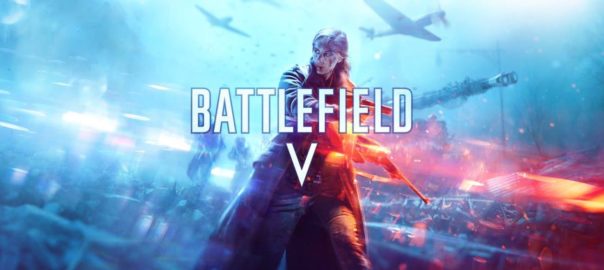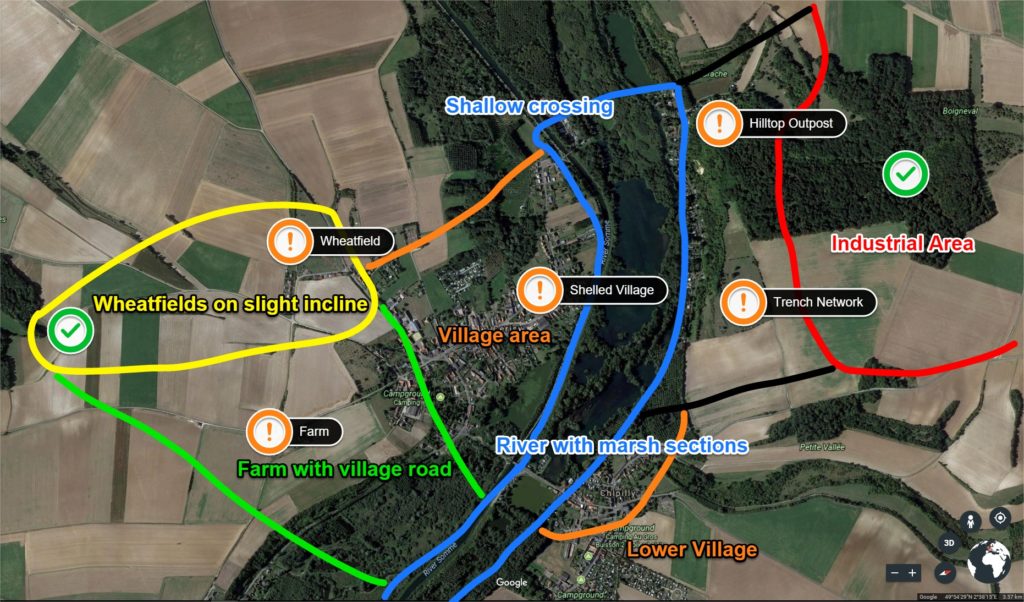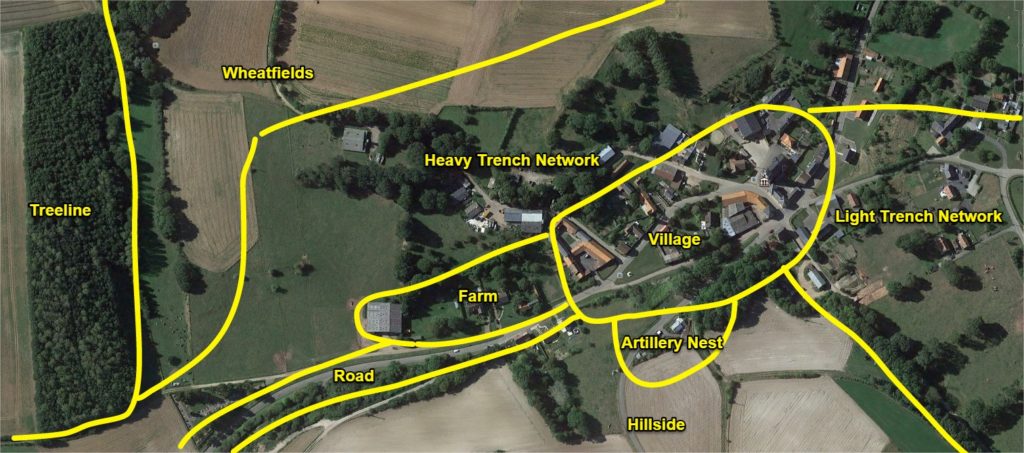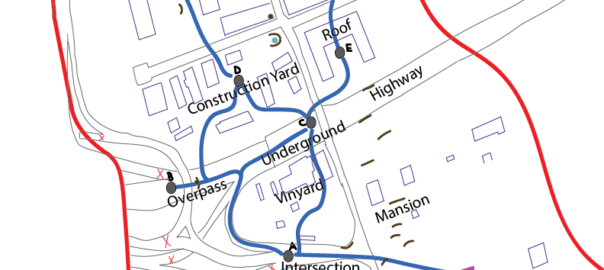Introduction: I once again had the opportunity to work for DICE LA. This time round I was given additional ownership, and made contributions in Battlefield 5’s content Chapter’s 3 and 4.
Platform: PC, Xbox One, PlayStation 4 | Time: 1 year | Role: Multiplayer Designer | Team Size: ~100
Design Goal: Support Battlefield 5’s live service pipeline with high quality content for players.
My Contributions
Chapter 3: Trial by Fire
Firestorm
- Augmented EA Criterion’s design of Lake Village a major point of interest in Battlefield 5’s Firestorm game mode.
- Using Confluence I created level design notes for implementation by level artists of natural areas, major and minor POI’s in a several 1km areas of the Firestorm launch map.
- The note format prepared in confluence was set by EA Criterion as a standard for level designers on the project.
Mercury
- Initial fortification design, then iteration with a senior designer.
- Level design feedback – cover, sightlines, layout.
- Map maintenance assistance.
Chapter 4: Defying the Odds
Marita
- Level design feedback.
- Squad conquest layout proposals, and implementation.
Provence

- Iteration of the Provence map.
- Scheduling playtests and conducting post playtest feedback discussions.
- Map maintenance – spawn points, floating objects, blocking off areas.
- Supported level design with visual scripting efforts implementing:
- Fortification prefab clusters that were used in multiple levels.
- A means of blocking off second story floors.
General
- Gathering telemetry to present to senior and lead designers.
- Writing and iterating documentation to improve work processes.
- Fixed bugs reported by QA on JIRA.





